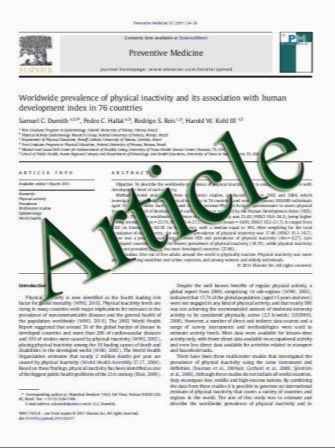Adult grade II diffuse astrocytomas are genetically distinct from and more aggressive than their paediatric counterparts
- نوع فایل : کتاب
- زبان : انگلیسی
- مؤلف : David T. W. Jones Shani A. Mulholland Danita M. Pearson Deborah S. Malley Samuel W. S. Openshaw Sally R. Lambert Lu Liu L. Magnus Ba¨cklun
- چاپ و سال / کشور: 2011
Description
Diffuse astrocytomas (WHO grade II) typically present as slow-growing tumours showing significant cellular differentiation, but possessing a tendency towards malignant progression. They account for *10% of all astrocytic tumours, with a peak incidence between 30 and 40 years of age. Median survival is reported as around 6–8 years. Mutations of TP53 and IDH1 have been described as genetic hallmarks, while copy number alterations are also relatively common. However, there is some evidence to suggest that these characteristics may vary with age. Here, we present an integrated clinicopathologic, genomic and transcriptomic analysis suggesting that paediatric and adult tumours are associated with distinct genetic signatures. For example, no childhood tumour showed mutation of IDH1/2 or TP53, virtually no copy number changes were seen, and MGMT methylation was absent. In contrast, adult tumours showed IDH1/2 mutation in 94% and TP53 mutation in 69% of cases, with multiple copy number alterations per case and hypermethylation of MGMT in the majority of tumours. These differences were associated with a worse prognosis in the adult patients. The expression array data also revealed a significant difference in the expression of a number of genes putatively involved in neural stem cell maintenance andCNS development, including DLL3, HES5, BMP2, TIMP1 and BAMBI. Genes involved in DNA replication and the cell cycle were also enriched in the adult tumours, suggesting that their more aggressive behaviour may be due to derivation from a more rapidly dividing, less differentiated cell type.
Acta Neuropathol (2011) 121:753–761 DOI 10.1007/s00401-011-0810-6 Received: 24 November 2010 / Revised: 31 January 2011 / Accepted: 6 February 2011 / Published online: 17 February 2011


